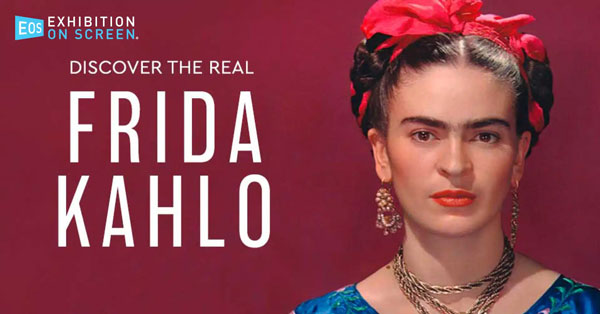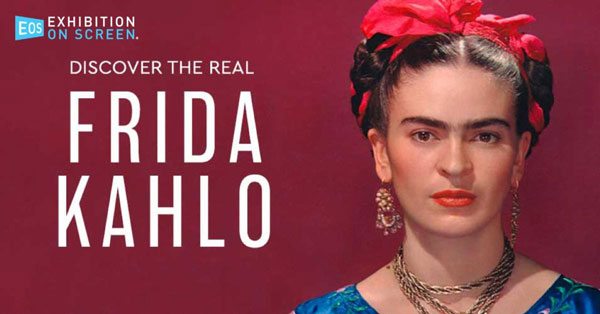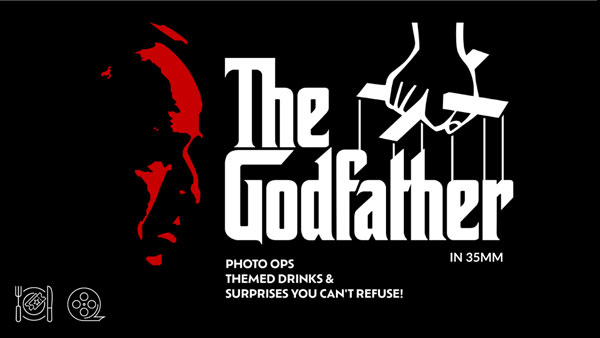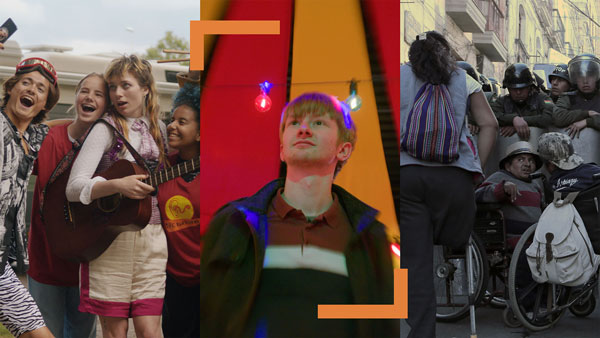By Gary Wien
originally published: 08/27/2019
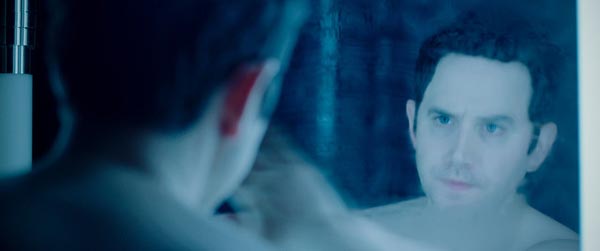
“I’ve been fascinated by dreams and nightmares for a long time,” explained filmmaker Nathan Catucci. “And how they relate to our perception of reality.” Catucci’s debut film, Impossible Monsters, will be screened at the New Jersey Film Festival in New Brunswick on Saturday, September 14th.
His film is a psychological thriller in which an ambitious and well-liked psychology professor (Dr. Rich Freeman played by Tony Award winner Santino Fontana), pursues a sleep study with a focus on nightmares, dreams, and sleep paralysis - the success of which would result in a lucrative grant for the university. As the line between dreams and reality blur, a member of the study is murdered, and everything begins to unravel, leaving Dr. Freeman fighting to make things right.
In high school, Catucci himself went through a period in which he suffered from sleep paralysis - a period (which generally happens when falling asleep or waking up) when a person feels a presence in the room. This is followed by auditory or visual hallucinations for a period that can last moments to several minutes in which the victim is essentially paralyzed. When it’s over the person can move and discovers that no one is in the room. “It’s kind of this strange moment when the dream world almost bleeds into the real world,” said Catucci.
When Catucci got to college he discovered the artwork of Henry Fuseli and especially “The Nightmare,” a 1781 painting that depicts a woman in bed with a small demon on her chest and a horse’s head floating in the background. Many believe the painting depicts a sleep paralysis event taking place.
“As I went down the rabbit hole, I started learning more about the science of dreams and looked at more artwork that incorporates dreams and decided to look at the relationship between the science and the art,” continued Catucci. “Eventually, that’s where the story of Impossible Monsters came from.”
It’s a very ambitious debut film that revolves around a subject that nearly everyone can relate to. Everybody sleeps and many people have nightmares from time to time, even if they never experience sleep paralysis or other serious sleep events. Catucci wisely chose to make one of the central characters an artist - Otis, played by Dónall Ó Héalai. His artwork is reminiscent of dreams captured on canvas. The work is stunning, but his agent believes he has more to give and gets him to be part of Dr. Freeman’s sleep study. He hopes that the study can unleash the artist’s full talent and creativity.
“I find that art is like a record of our emotional history,” said Catucci. “A history book is more of a factual history; art has that emotional recording and out of that art explores the subconscious in some ways. That’s what we try to portray with the paintings Otis creates in the film. We were trying to illustrate his potential subconscious or what he might be feeling or thinking as it coincides with the dreams.”

Catucci lucked out with the paintings. All of the artwork was created specifically for the film by Gwen A.P., an artist the filmmaker knew from college. When creating a film about an artist or a musician that revolves around their art, it is vital that the art is both good and believable. Catucci was worried about using art that he found which could work because he wanted the art to have the same level of depth that the character had. He wanted to be able to show the expansion of creativity through what was revealed in the sleep study. With Gwen A.P.’s art, he found it - even though the initial piece was not what he was looking for.
Discussions of work by artists like Jenny Saville and Eric Haacht led to the initial piece looking too similar to their actual work. Catucci told Gwen he wanted to see her own interpretation of Otis through his artwork on the canvas. “Sure enough, what came back after that just blew me away,” said Catucci. “It was unbelievable artwork. She created this whole monster series that you see on the screen. Basically, she sent her studio. Everything that we took and put into Otis’ studio. Even her trash, empty paint cans… even the way Otis tapes up the canvas is exactly how Gwen works as well.”
In addition to Santino Fontana who won the 2019 Tony Award for Best Leading Actor in a Musical in Tootsie, the cast has several recognizable faces and names - something unexpected for a first-time filmmaker. Impossible Monsters also includes Natalie Knepp, Devika Bhise, Geoffrey Owens (The Cosby Show), Dennis Boutsikaris (Better Call Saul), and Laila Robins (Homeland). The talented cast does a wonderful job throughout the film and elevates it from your standard independent film to something greater.
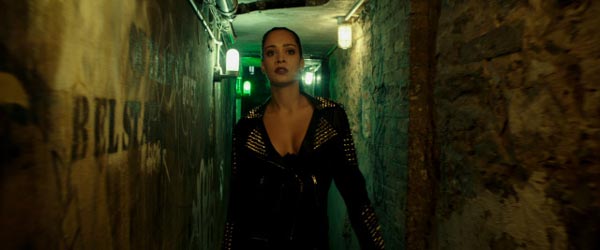
Catucci’s script involves many aspects of dreams and nightmares from being attacked to sexual fantasies to domination. The sleep study scenes offer an intriguing look at how difficult talking about dreams with someone else can be. It’s more involved than talking with a psychologist because you’re not talking about things you have done, you’re talking about things you’ve done in a dream. People may be reluctant to open up about their dreams because they reveal a darker side of their soul that they are scared to admit exists.
“I think dreams are a window to our subconscious,” added Catucci. “Sometimes we understand them, sometimes we don’t. That’s partly why dream analysis can help bring through what’s going on in our subconscious. But, because it’s so personal, we don’t always want to reveal what is in the darkest parts of ourselves. It’s human nature.”
The title comes from a quote by Francisco Goya in 1799 that began, “Fantasy, abandoned by reason, produces impossible monsters.” The quote describes the movie perfectly in a hauntingly, beautiful way. Catucci says he discovered Goya during the initial phase of research for the film. His artwork referring to sleep and dreams was instrumental in inspiring the story.
“I just found that quote as powerful today as it was then,” said Catucci. “And it’s something that if we abandon reason, our fantasies can create impossible monsters. I felt that it was not just very fitting for a movie about dreams, but it’s something that’s very true to life and the realities of the world.”
Gary Wien has been covering the arts since 2001 and has had work published with Jersey Arts, Upstage Magazine, Elmore Magazine, Princeton Magazine, Backstreets and other publications. He is a three-time winner of the Asbury Music Award for Top Music Journalist and the author of
Beyond the Palace (the first book on the history of rock and roll in Asbury Park) and
Are You Listening? The Top 100 Albums of 2001-2010 by New Jersey Artists. In addition, he runs New Jersey Stage and the online radio station
The Penguin Rocks. He can be contacted at
gary@newjerseystage.com.
FEATURED EVENTS
To narrow results by date range, categories,
or region of New Jersey
click here for our advanced search.
EVENT PREVIEWS










